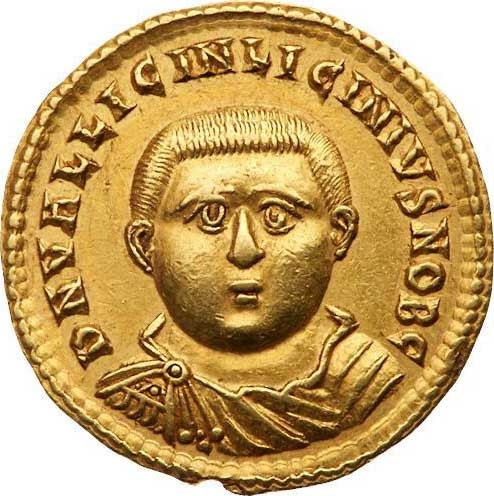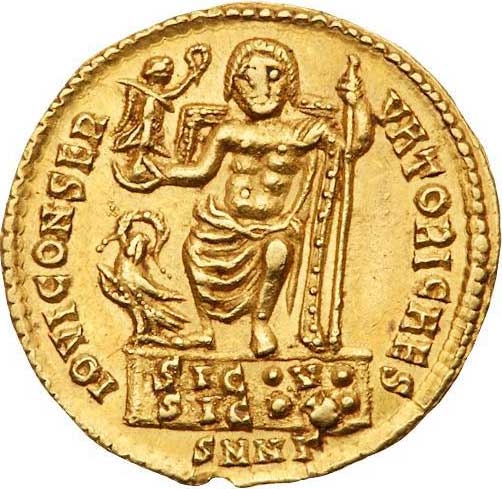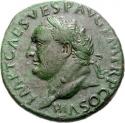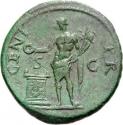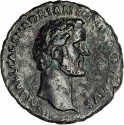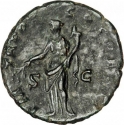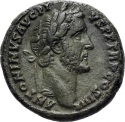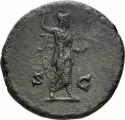You are about to finish your registration. Please check your mailbox (including spam folder). There should be a letter with a confirmation link. Check setting to make sure that your e-mail address is correct.
Send letter againDescription
In AD 313, Constantine and Licinius, the two Roman emperors who had survived the bloody civil wars following the collapse of Diocletian's tetrarchic system, met at Milan to divide the Roman world between them. Though the men had no love and little respect for one another, they came to a modus vivendi by which Constantine would rule the Western half of the empire while Licinius ruled the East. To seal the pact, Licinius married Constantine's half-sister Flavia Julia Constantia. Within a year or so, the couple had produced a son - Valerius Licinianus Licinius, or Licinius II.
Despite the marriage tie, tensions between the rival rulers flared into armed a border skirmish in AD 314 and a more serious civil war two years later. Constantine got the better of both battles, and Licinius was forced to cede most of the Balkans to the western realm. To mark the restoration of good relations, a ceremony was staged at Serdica on March 1, AD 317, at which the three-year-old Licinius II was formally named Caesar, along with Constantine's sons Crispus and Constantine II.
This time the uneasy peace lasted seven years before full-scale war broke out again in AD 324. Constantine landed a series of crushing blows against Licinius, who retreated with the remnants of his army to Nicomedia for a final stand. His wife Constantia intervened and negotiated an honorable surrender, on condition that the lives of Licinius I and II be spared. Constantine at first honored the pact and allowed them to retire to Thessalonica. But Licinius apparently began plotting a return to power, and Constantine ordered him executed in AD 325. The final fate of Licinius II is ambiguous, as different sources claim he was either executed himself the following year, or lived out his life as a slave in an imperial weaving mill in Carthage.
Obverse

|
Licinius II bust facing, bust facing, draped and cuirassed, surrounded by the inscription "Dominus Noster Valerius Licinianus Licinius Nobilissimus Cæsar” (Our Lord Valerius Licinianus Licinius Very Noble Caesar). D N VAL LICIN LICINIVS NOB C |
|---|---|
Reverse

|
Jupiter seated facing on a platform, holding Victoria and a sceptre, an eagle stands at his feet on left, with a wreath in its beak, SMNG in exergue. IOVI CONSER VATORI CAES |
| Edge | - |
